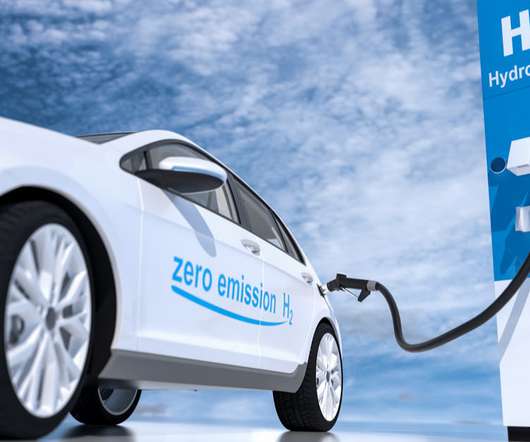New liquid alloy electrode significantly lowers operating temperature of sodium-beta batteries; improved performance
Green Car Congress
AUGUST 1, 2014
They often store electricity generated by rows of solar panels and wind turbines. Running at lower temperatures can make a big difference for sodium-beta batteries and may enable batteries to store more renewable energy and strengthen the power grid. —Xiaochuan Lu, lead author. Xiaochuan Lu, Guosheng Li, Jin Y.












Let's personalize your content